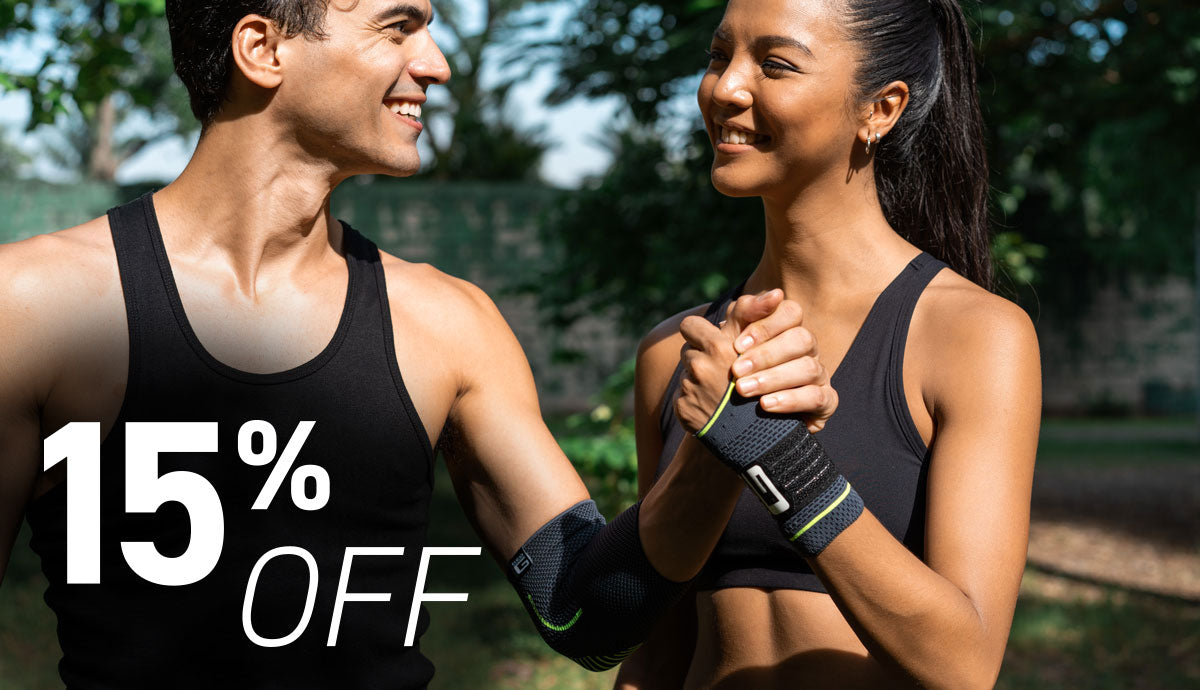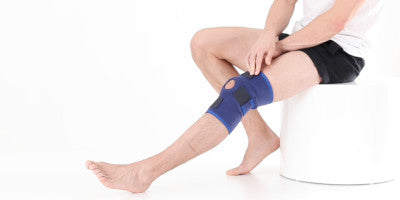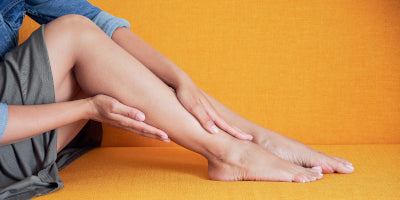What is Pickleball?
Pickleball is one of the fastest-growing sports in the world, combining elements of tennis, badminton, and ping-pong into a fun and accessible game for all ages and skill levels. Played on a smaller court with a paddle and a plastic ball with holes, pickleball is easy to pick up, yet offers plenty of challenge for those who want to improve their game. Whether you're looking for a new way to stay active, a social activity to enjoy with friends, or a sport that brings out your competitive side, pickleball has something to offer. In this blog, we’ll dive into what pickleball is, how it's played, and why it's becoming so popular.

"Played on a smaller court with a paddle and a plastic ball with holes, pickleball is easy to pick up, yet offers plenty of challenge for those who want to improve their game. "
Why Play Pickleball?
Unlike tennis, the smaller court size and lightweight equipment make pickleball less strenuous, promoting longer rallies and more social interaction. This accessibility and the sport's blend of fun and competition are major factors in why people play pickleball. It is easy to learn but offers plenty of challenges, providing physical and mental engagement for all skill levels.
Is Pickleball for Seniors?
Whilst it’s a great sport for any age, pickleball is particularly appealing to older adults who want to stay active because it is a gentler sport that is significantly easier on the joints than many other racquet sports. The average age of a pickleball player in England is 57, and its low-impact nature makes it an ideal way for seniors to maintain fitness, balance, and coordination without the high impact associated with other sports.
Is Pickleball Good Exercise?
While it is a gentler sport compared to running or traditional tennis, pickleball provides an excellent low-impact cardiovascular workout. Players move frequently, pivot, and stretch, which improves agility, balance, and heart health. Crucially, the reduced court size and underhand serve make the movements less intense, meaning it is significantly easier on the joints. This makes it an ideal way for older players who want to stay active to maintain fitness without the high impact associated with other sports.
To ensure you can keep enjoying your pickleball game and prevent unnecessary injuries, it’s vital to talk about the importance of warm-ups. A proper warm-up increases blood flow to the muscles and prepares the joints for movement, drastically reducing the risk of strains and sprains.
For added support or recovery, at Neo G we have a range of supports and braces which are perfect for the pickleball community. As an Official USA Pickleball Partner, we understand the specific needs of players. If you need compression and support during play, our Active range of supports and braces can help provide added support and compression to knees, ankles, elbows or wrists. In the event of an injury or for post-game recovery, the VCS (Variable Compression System) range is excellent for providing adjustable support and compression to help with healing and reducing swelling.

"In the event of an injury or for post-game recovery, the VCS (Variable Compression System) range is excellent for providing adjustable support and compression to help with healing and reducing swelling."
Why is it Called Pickleball?
The name "pickleball" has an interesting history rooted in a bit of family fun and sports tradition. The game was invented in 1965 by Joel Pritchard, Bill Bell, and Barney McCallum on Bainbridge Island, Washington. Shortly after, Joel’s wife, Joan Pritchard, coined the term "pickle ball," inspired by the "pickle boat" in crew racing—a term used for a boat made up of leftover rowers from various teams. However, as pickleball's popularity grew, a playful controversy emerged. Some neighbours claimed that Joan had named the sport after the Pritchard family dog, Pickles. The family has clarified that Pickles, the dog, actually came along a few years later and was named after the game—not the other way around.
Where to Play Pickleball
Pickleball can be played on a dedicated pickleball court or even adapted from a standard tennis court, making it highly accessible. A standard pickleball court measures 44 feet long and 20 feet wide, divided by a 34-inch-high net at the centre (36 inches at the sides). Each side of the court has left and right service areas, both measuring 15 feet long and 10 feet wide, along with a unique 7-foot "non-volley zone" near the net, often referred to as "the kitchen," where players cannot volley the ball.
To set up a pickleball court on a tennis court, you can fit up to four pickleball courts within the space of one tennis court. Simply adjust the tennis net to the pickleball height of 34 inches at the centre, and use the court lines to mark out the service areas and the kitchen. With these easy adjustments, you can transform any tennis court into a proper pickleball space, making it easier for everyone to enjoy this fast-growing sport. This versatility is why paddle tennis vs pickleball discussions often favour pickleball for ease of set-up.

"Pickleball can be played on a dedicated pickleball court or even adapted from a standard tennis court, making it highly accessible. "
What Do I Need To Play Pickleball?
To start playing pickleball, you'll need a few key pieces of pickleball equipment that are simple and affordable. First, you'll need a pickleball paddle, which is slightly larger than a ping-pong paddle but smaller than a tennis racquet. Pickleball paddles come in different materials—wood, composite, and graphite—each offering a different feel and level of control. You’ll also need a pickleball, a lightweight plastic ball with holes, similar to a wiffle ball. Comfortable athletic shoes with good grip are recommended, especially if you’re playing on outdoor surfaces. If you're playing on a dedicated pickleball court, the net will already be in place; however, you can also set up a portable net on any flat surface that meets the court size requirements. With these basics, you're ready to jump into a pickleball game and start having fun.
How To Play Pickleball
Playing pickleball is straightforward, making it quick for beginners to jump into their first pickleball game.
The game begins with an underhand serve, sent diagonally across the court to the opposite service box. The serve must clear the non-volley zone, often called "the kitchen," which is a 7-foot area on either side of the net. To keep rallies fair, both teams must let the ball bounce once on each side of the court before any volleys can begin—a rule known as the "two-bounce rule." After this, players can either let the ball bounce or hit it in the air, with the exception that they cannot volley while standing in the kitchen.
A rally continues until a team makes a fault, like hitting the ball out of bounds or into the net, or allowing the ball to bounce twice on their side. Points are only scored by the serving team, and games are typically played to 11 points, though players must win by at least two points. In doubles, each team’s score is announced with three numbers—the first two for the score and the third to indicate which teammate is serving. For example, if the score is 3-3-1, this means the score is tied at 3, and the first player on the serving team is up. With these simple rules and engaging rallies, pickleball is easy to learn but offers plenty of strategy and excitement.

"Playing pickleball is straightforward, making it quick for beginners to jump into their first pickleball game."
Stay Active, Stay Supported
Pickleball is more than just a trend; it’s a brilliant, low-impact way to stay active, socialise, and enjoy competitive sport, especially for players looking for a gentler alternative that is easier on the joints.
The combination of quick movements, pivots, and repetitive actions means that while the sport is accessible, it still puts stress on common areas like the knees, ankles, and elbows. That’s why support and smart recovery are key to longevity in the pickleball game. Remember to prioritise your warm-ups to prepare your muscles and joints for play.
Explore our full range of supports and braces, including the breathable, lightweight products from the Active range, perfect for wearing during your pickleball game.




















